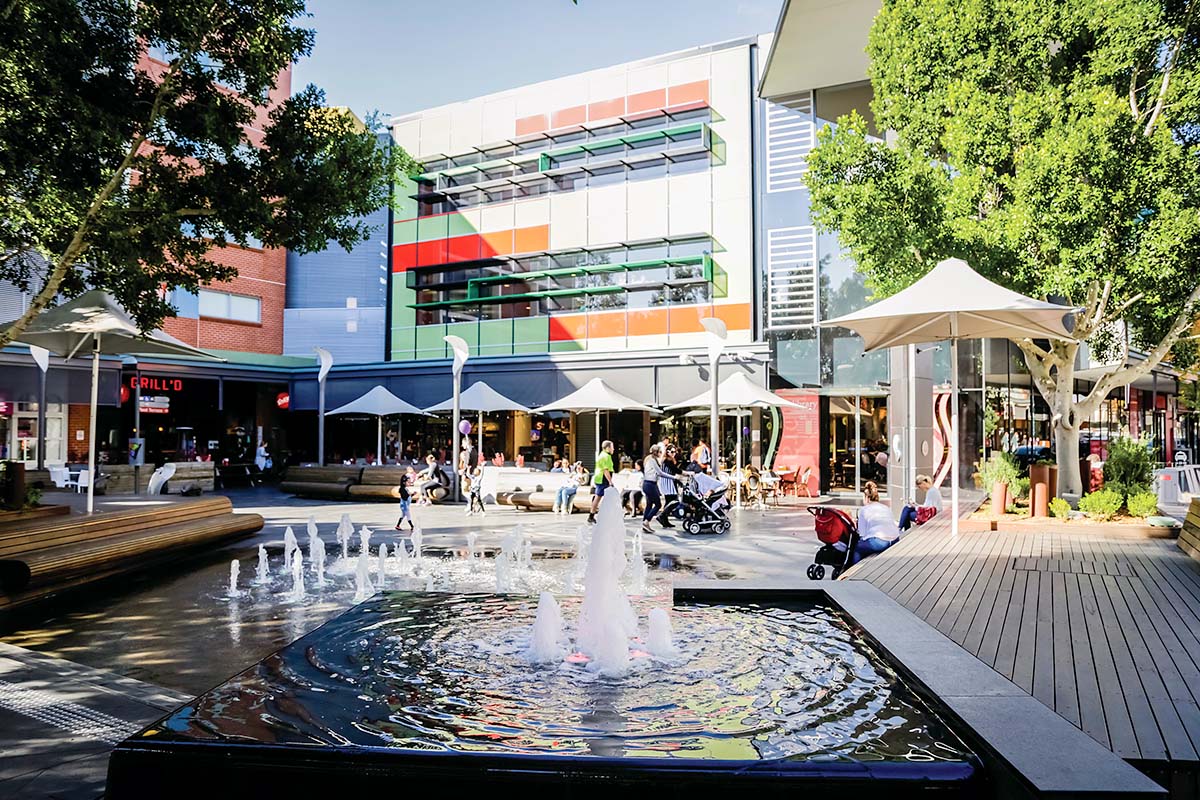Housing and productivity contribution
A housing and productivity contribution (HPC) applies to development applications for new residential, commercial, and industrial development in the Greater Sydney, Illawarra Shoalhaven, Lower Hunter and Central Coast regions. This includes complying development and state significant development.
Contributions collected help to deliver essential state infrastructure such as schools, hospitals, major roads, public transport infrastructure and regional open space.
The HPC is separate to the contributions that developers pay to councils for local infrastructure, such as local roads, drainage and local open space. There is no change to how councils collect their local contributions.
The HPC is implemented via a Ministerial planning order which sets out:
- where the contribution applies
- the types of development it applies to
- how much the contribution rates are
- the timing of when the payment is due
- the types of development that are exempt.
The Ministerial planning order was updated on 1 July 2024:
- Ministerial planning order for applications lodged between 1 October 2023 and 30 June 2024
- Ministerial planning order for applications lodged on or after 1 July 2024*
*This order also applies to some applications made before 1 July 2024 for land within the Cumberland Plain Conservation Area that had been made but not yet approved on 1 July 2024.
The order also establishes a strategic biodiversity component to help fund conservation measures in the Cumberland Plain Conservation Plan. Further information can be found at Biodiversity contributions.
The Ministerial planning order sets the base contribution charge, as well as a transport project component that has replaced the Pyrmont Peninsula Metro Special Infrastructure Contributions Area.
What has changed in the order?
Medium density development was previously charged at strata subdivision and high-density development was charged at construction.
The revised order removes the distinction between medium and high-density residential development, so that both classes of development are charged at construction (Part 2, Division 1, Clause 5(2)(b)).
This means:
- contributions will no longer be charged at strata subdivision (formerly Part 2, Division 1, Clause 5(2)(b)), and
- residential subdivision of land only is still charged at the subdivision stage.
This change requires flow-on amendments to other sections of the order.
Residential lots excluded from calculating the HPC now include:
- a lot that has medium or high-density development on it, or
- a lot where medium or high-density development is part of the development application.
This means a subdivision charge will not be applied to a lot that has or will have medium or high density development on it. Instead, the HPC will be charged at construction (Part 2, Division 3, Clause 12 (3)(d and e).
This prevents 'double-charging' where both subdivision and medium or high-density construction are occurring.
A credit is still available for existing residential lots, and the revised order makes it clear that existing lot credits apply first to subdivision (Part 2, Division 3, Clause 12 (1)), with any remaining credits applied to construction (Part 2, Division 3, Clause 13 (5 and 6)).
The revised order also clarifies that retained dwellings are not included in the number of new dwellings being charged (Part 2, Division 3, Clause 13 (2, 3 and 4)), but if a dwelling is retained, an existing lot credit is not available (Part 2, Division 3, Clause 13(5)).
Contributions are now paid prior to the construction certificate being issued for most residential development types. Development that includes both construction and subdivision, and development where no construction certificate is required, may have different payment timing.
Contributions for residential subdivision will continue to be paid prior to the subdivision certificate being issued (Part 3, Clause 19(2)).
Housing and Productivity Contribution Guide and conditions of consent
Find out more in the Housing and Productivity Contribution Guide (PDF, 5.5 MB).
Standard conditions of consent should be used by councils and certifiers for all applications where a HPC is required.
View the revised standard conditions of consent (PDF, 76 KB).
Works-in-kind
Under the Housing and Productivity Contribution Scheme, proponents of new developments can either make a monetary contribution or deliver infrastructure directly, known as works-in-kind.
Works-in-kind provide development proponents the opportunity to fast-track the delivery of essential state and regional infrastructure, helping to unlock more homes and drive economic growth.
We’ve released a draft Works-in-Kind Guideline that outlines how works-in-kind proposals will be assessed and prioritised under the Housing and Productivity Contribution Scheme. This includes a new competitive process to ensure the most impactful projects are delivered first.
The public exhibition period for the draft Housing and Productivity Contribution Scheme Works-in-Kind Guideline is now closed. Submissions were accepted from 19 June to 17 July 2025 via the NSW Planning Portal.
Thank you to everyone who contributed feedback. Your input is helping to shape a clear, accurate and practical final guideline, expected to be released later this year
If you have questions about the Works-in-Kind Guideline, email the team at [email protected]
More information
Further information on the implementation of the HPC is also available on the NSW Planning Portal.
For any specific enquiries relating to the HPC, email [email protected]
